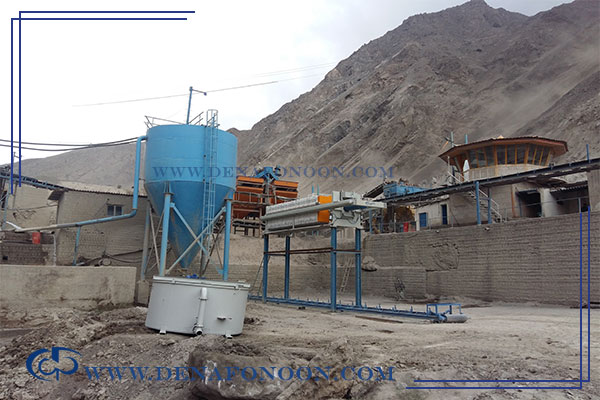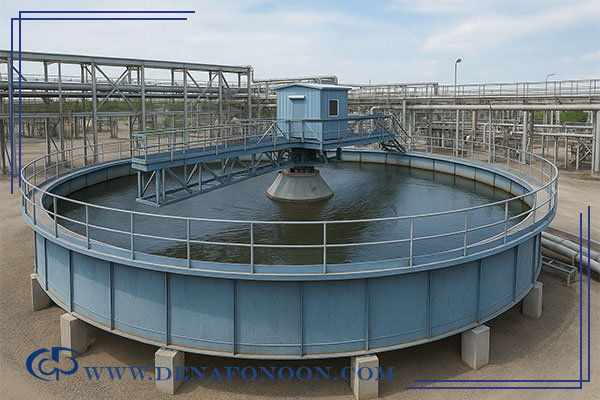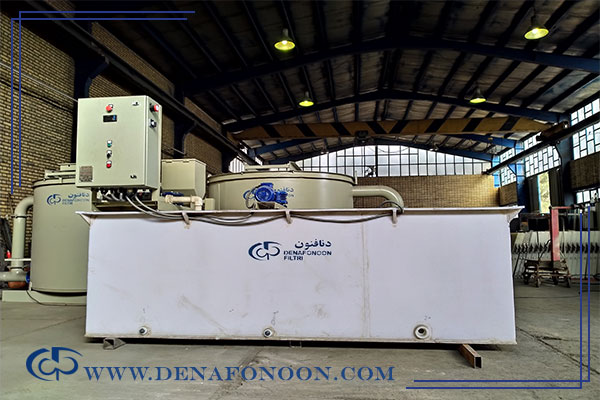mining filter press
High-performance mining filter presses designed for efficient solid-liquid separation in mineral processing
VisitCount 23
Mine Filter Press
The overall process of the wastewater treatment system and mine filter press is similar to other filter presses and only differs in some aspects. These differences mainly relate to the speed, power, and size of the components used in the wastewater treatment system and mine filter press. Below, the different parts of this system are listed and will be explained and examined.
- Water treatment tank or clarifier tank of the wastewater treatment system and mine filter press
- Thickener tank of the wastewater treatment system and mine filter press
- Flocculant preparation and injection unit of the wastewater treatment system and mine filter press
Water Treatment Tank or Clarifier Tank of the Wastewater Treatment System and Mine Filter Press
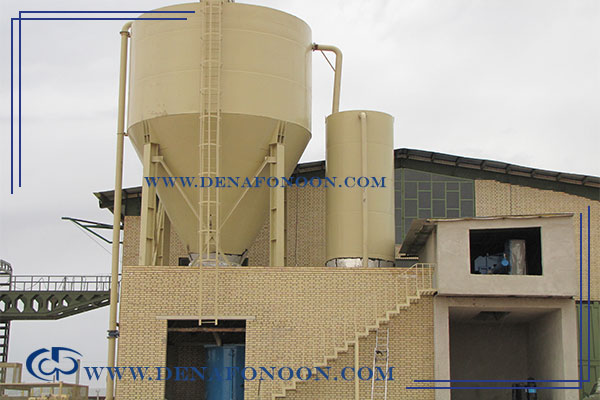
The water treatment tank used in the wastewater treatment system and mine filter press is very large. The sizes of these tanks vary depending on the customer's needs and include:
- 300,000 liters
- 400,000 liters
- 600,000 liters
In fact, it can be said that the size of the mine filter press treatment tank is much larger than other treatment tanks. It is worth mentioning that the diameter of these tanks is about 7 or 8 meters, If a clarifier tank is not used in the wastewater treatment system and mine filter press, the alternative option is to use a thickener tank, which will be explained below.
Thickener Tank for Mine Wastewater Treatment and Filter Press
- Features a lower height compared to Clarifirer tank
- Has a larger diameter than a clarifier tank (the diameter of a thickener tank reaches approximately 20 to 25 meters)
- A very large agitator is located at the center of the thickener tank (these agitators are shaped like small paddles and rotate very slowly)
- The sludge in the wastewater does not naturally settle to the bottom of the tank, which is why an agitator is used
- As shown in the diagram, the cone slope of the thickener tank is very gentle, due to the tank’s large diameter
Flocculant Preparation and Dosing Unit for Mine Wastewater Treatment and Filter Press
Under normal conditions, the flocculant preparation and dosing unit has a standard size for typical wastewater treatment and filter press systems. However, in mining wastewater treatment plants or other special cases with high flow rates, it becomes necessary to design and manufacture this unit in larger dimensions.
It is worth noting that the water inlet size of large-scale flocculant preparation tanks is significantly larger, allowing for a higher volume of water and flocculant powder mixture, The large-scale flocculant preparation and dosing unit, designed and manufactured by DenaFonoon Company clearly demonstrates the increased size of the tank, which can be easily recognized.
Coal Mine Filter Press
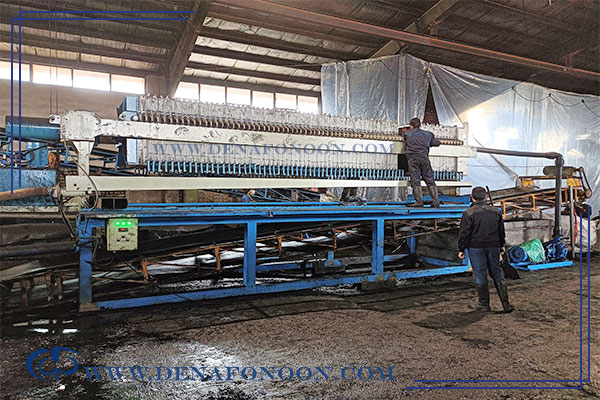
Large-scale filter presses equipped with advanced discharge systems are a cost-effective and efficient solution for various mining industries. One of the common applications of filter presses in the mining sector is in coal mines.
In coal mining operations, filter presses are typically used in the tailings recovery section. These mines often deal with the challenge of separating and discarding non-usable materials. The operation of filter presses in coal mines generally follows this process:
- Removal of waste materials from water
- Recovery of solid waste
- Return of clean water to the system
Dena Fanon’s membrane filter presses are capable of producing filter cakes with very low moisture content. The membrane system can further compress the cakes to extract even more water, ensuring maximum water recovery and efficient return of clean water to the system.
Gold Mine Filter Press
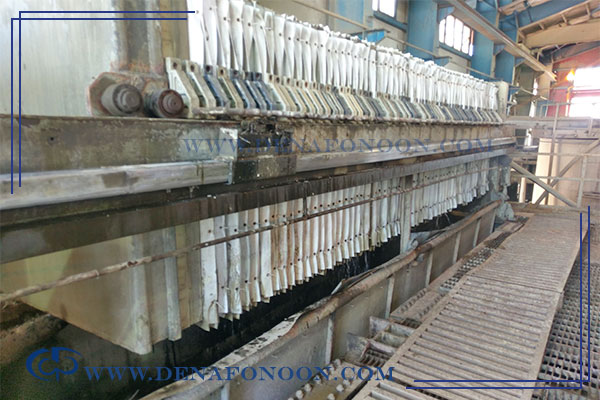
The use of filter presses in the gold mining industry is another important application. During gold extraction, various liquids, solid particles, and gold-containing materials are processed.
Using a gold filter press, solid particles and larger materials are retained by the filter plates, while the liquid containing dissolved gold passes through the filter. This process removes suspended solids and helps purify the gold-containing solution. The application of a filter press in gold extraction improves the quality of the recovered gold and ensures effective separation from impurities present in the solution.
Gold Extraction Process Using a Filter Press
1. The ore and surrounding soil are crushed using dedicated machinery
2. The crushed material is transferred to crushers for further size reduction
3. Crushers grind the material into even finer particles
4. The resulting material is fed into ball mills
5. Inside the ball mills, the ore is ground to a fine powder, similar to flour
6. This powder is mixed and washed with a cyanide solution
7. At this stage, the filter press is used to dewater the slurry
8. The filtered liquid then flows into collection vats
9. Copper electrodes are placed inside the vats
10. Gold particles are attracted to the positively and negatively charged electrodes
11. The electrodes are then removed, and the accumulated gold is collected from their surface
Gold mine filter presses must be built with special plate materials and coatings, as the process involves exposure to cyanide solutions and abrasive materials. These properties ensure durability and resistance in harsh working environments.


